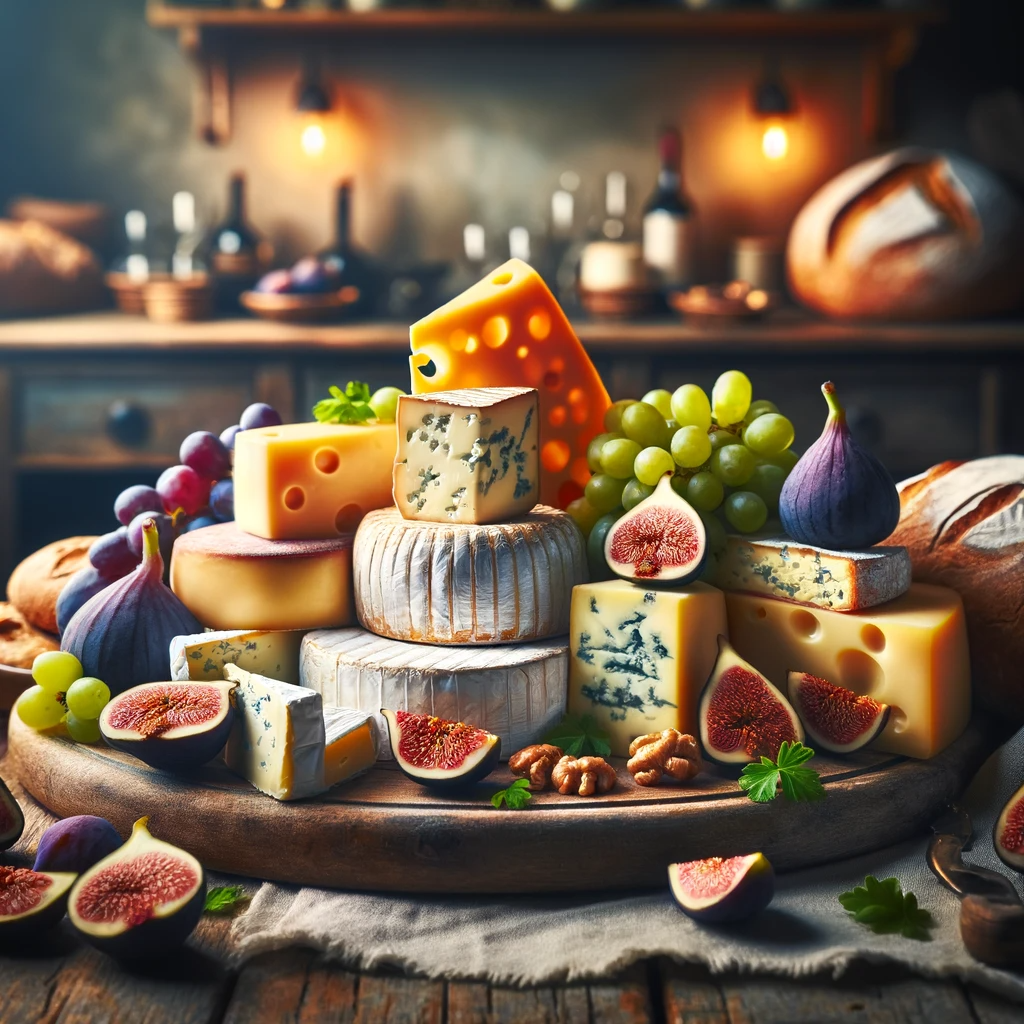Cheese, a beloved dairy product enjoyed by people around the world, is the result of a fascinating and intricate process that involves a handful of key ingredients. Each of these ingredients plays a crucial role in determining the flavor, texture, and overall quality of the final cheese product. In this article, we will delve deep into the world of cheese making, uncovering the significance of each ingredient and how they contribute to the delightful variety of cheeses we savor.
The Core Ingredients
Milk – The Foundation of Cheese
At the heart of cheese making lies milk, which can be derived from various animals, including cows, goats, sheep, and even buffalo. The choice of milk is essential as it fundamentally influences the taste and characteristics of the cheese. Here are a few key points about milk in cheese making:
- Milk Source: Different animals produce milk with varying fat content, proteins, and flavors, which directly impact the cheese. For instance, cow’s milk yields creamy and mild cheeses, while goat’s milk creates cheeses with a distinct tangy flavor.
- Fat Content: The fat content in milk determines the creaminess and richness of the cheese. Higher fat content milk, like that from Jersey cows, results in creamier cheeses.
- Proteins: The proteins in milk, primarily casein and whey, play a vital role in curd formation. Casein forms the curd, while whey is the liquid left behind.
Starter Cultures – The Flavor Developers
Starter cultures are bacteria or molds that are intentionally introduced into the milk to kickstart the fermentation process. They serve several essential functions in cheese making:
- Acidification: Starter cultures convert lactose (milk sugar) into lactic acid, which acidifies the milk and lowers its pH. This is crucial for curd formation and flavor development.
- Flavor Profile: Different strains of bacteria contribute unique flavors to the cheese. For example, lactic acid bacteria produce tangy flavors, while molds can introduce earthy or blue cheese-like notes.
- Texture: The starter cultures also impact the texture of the cheese, influencing its smoothness or crumbliness.
Rennet – The Coagulant
Rennet, an enzyme, is used to coagulate the milk and transform it into curds and whey. The key roles of rennet in cheese making are:
- Curd Formation: Rennet helps the casein proteins in the milk to bind together and form a solid curd.
- Texture and Consistency: The amount of rennet used and its coagulation time can affect the texture and consistency of the cheese. Longer coagulation times often result in firmer cheeses.
Optional Ingredients
Salt – Enhancing Flavor and Preservation
Salt is often added to cheese during the cheese-making process. It serves multiple purposes:
- Flavor Enhancement: Salt brings out the natural flavors of the cheese, balancing sweetness and enhancing savory notes.
- Preservation: Salt also acts as a preservative, inhibiting the growth of harmful bacteria while allowing beneficial ones to thrive.
Herbs, Spices, and Additives – Creative Variations
Cheese makers often get creative by adding herbs, spices, and other additives to their cheese. These ingredients provide endless possibilities for unique flavors and textures.
- Herbs and Spices: Ingredients like black pepper, herbs, or chili flakes can add complexity and depth to the cheese’s flavor.
- Smoking: Some cheeses are smoked to impart a distinctive smoky aroma and taste.
- Washing: Certain cheeses are washed in liquids like wine or brine, which introduces new flavors and textures.
Aging – The Final Touch
Aging is the last crucial step in cheese making. During this process, the cheese is stored under controlled conditions, allowing it to develop its unique character. Factors such as temperature, humidity, and time all contribute to the cheese’s final flavor and texture.
- Time: The longer a cheese ages, the sharper and more complex its flavor becomes. Cheddar, for example, can age from a few months to several years.
- Environment: Different cheeses thrive in various aging conditions. For example, cheeses like Camembert require humid environments, while Parmesan prefers drier settings.
In conclusion, cheese making is a harmonious blend of science and art, with each ingredient playing a pivotal role in crafting the perfect cheese. The choice of milk, the use of starter cultures, the addition of rennet, and the inclusion of optional ingredients all contribute to the vast diversity of cheeses available today. Whether you prefer the sharpness of aged cheddar or the creamy elegance of Brie, understanding these ingredients’ roles can deepen your appreciation for this delectable dairy delight. So, next time you savor a piece of cheese, take a moment to acknowledge the intricate interplay of ingredients that brought it to your plate.
